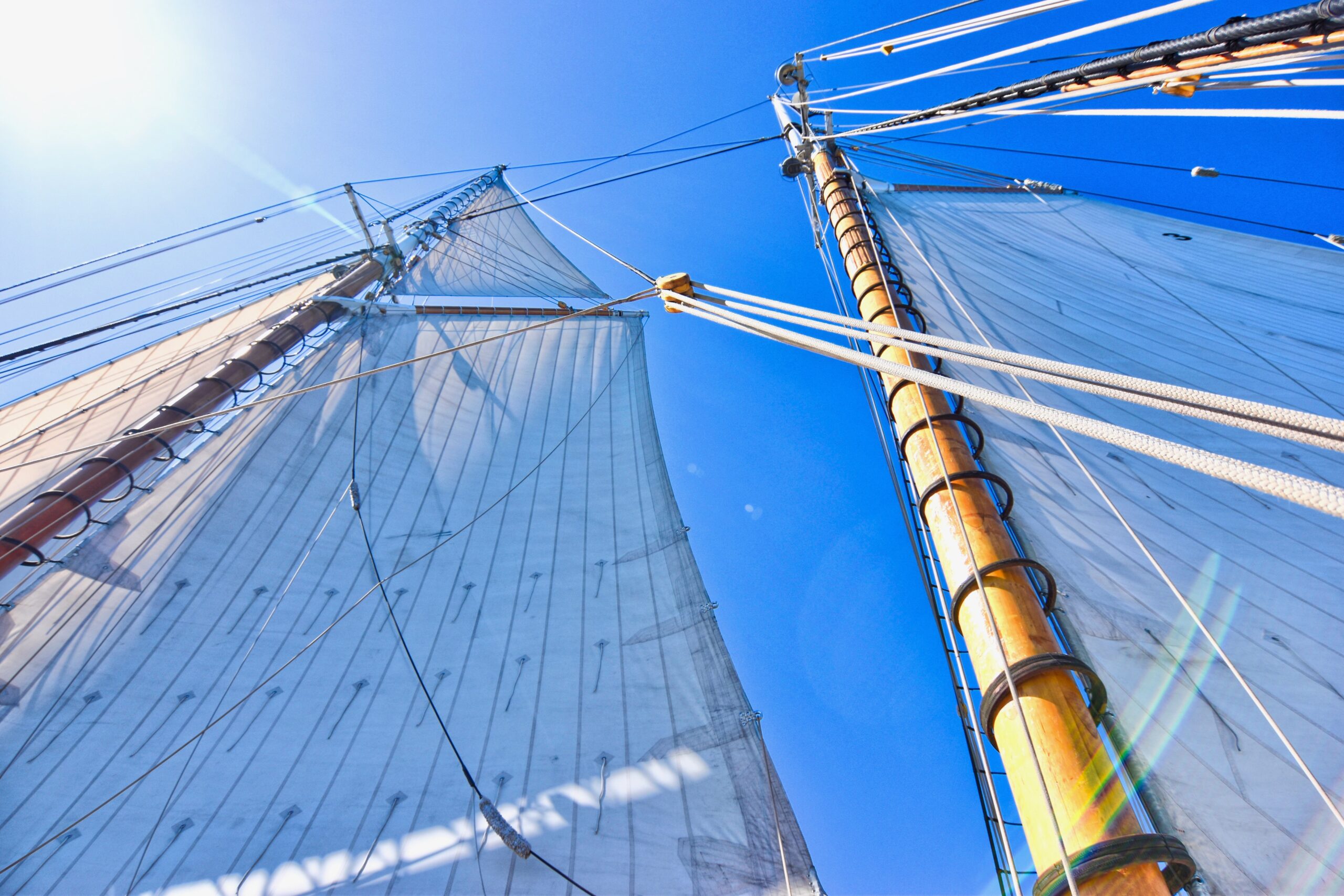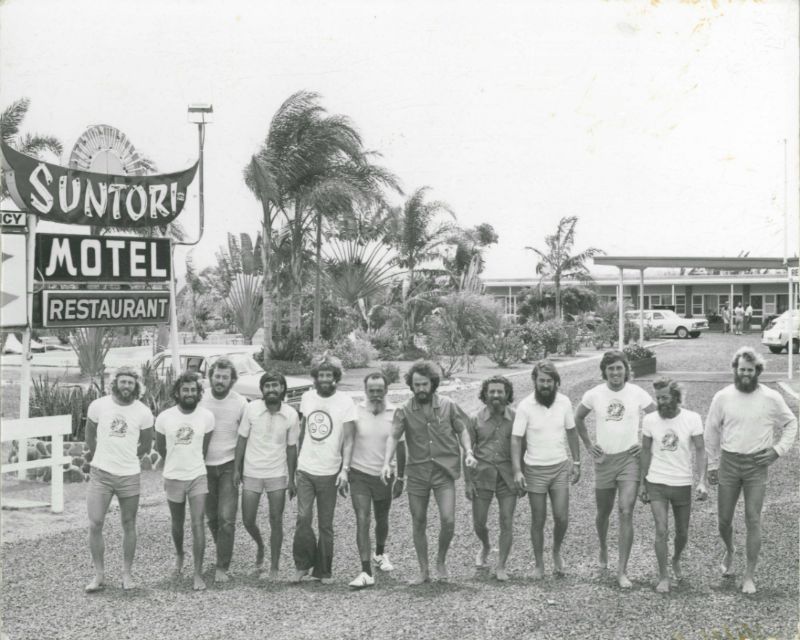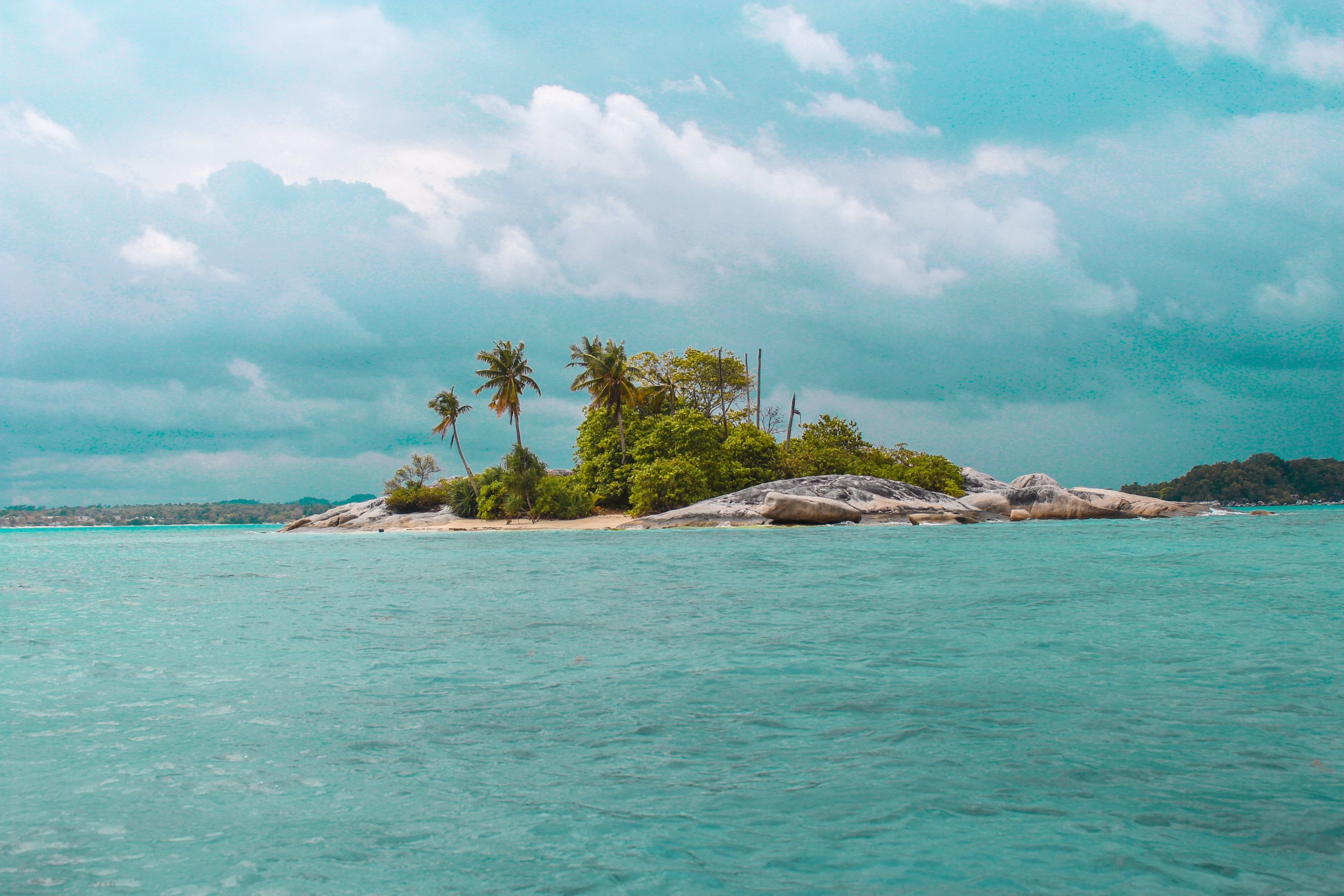Paddle Wheel
Some visitors to the museum this week were surprised to see paddle wheel vessels on display. Coming from area around the Murray River which forms the boarder between much of Victoria and NSW and were used to seeing paddle-wheelers but were unaware that the North Coast the Richmond River and Port of Ballina was the home for a number of these vessels.
Paddle wheels came in two styles- the stern wheel had one large paddle attached to the rear of the vessel and the side wheel which often had two wheels attached one on either side of the ship. Our visitors from down south were probably more familiar with the side wheeler as it was a common type of steamer on the Marry- Darling river system and working models can still be found plying the water ways to this day.
Whichever system was in use the principles of operation were the same with buckets attached to a large circular frame power from the steam engine was used to drive the wheel and the buckets or floats came in contact with the water driving the vessel forward. Side wheels were generally considered to be more manoeuvrable than the single stern wheel despite being wider. It was side wheel style vessels that made up the bulk of paddle steamers used on the North Coast as they were also deemed to be more suited to the open sea and shallow waters of river bar crossings.
While it was the development of steam power and the construction of steam engines which could be fitted to ships that saw the heyday of paddle wheelers, the concept was an old one dating back to the 14th Century and before with many various permutations over the years. Animals had been harnessed to tread mills, human power had been tried on numerous occasions with clever and complicated crank systems fitted to turn the paddles.
As the technology evolved and engines became stronger and more powerful the concept of the paddle wheel spanned all aspects of maritime endeavour from warships to passenger transport, hauling freight and livestock, no job was too big or too small for the paddle wheeler.
Given the versatility of steam power when connected to an efficient paddle wheel to provide motive force it comes as no surprise that such vessels quickly found there way to the North Coast’s rivers and ports. ‘William the Fourth’ affectionately known as the Billy, was the first coastal steamer wholly constructed in Australia. She was launched in 1831 just 44 years after the establishment of the first colony and worked the coastal run for the Eyde/Manning/Grafton Steam Navigation Company for 30 years on the coastal run.
Another noteworthy vessel was ‘PS City of Grafton’ which plied the waters off the coast of NSW for forty years after being built in 1876. No doubt many of our early settlers would have booked passage of one of these vessels for a trip to the Big Smoke.
Our own Port of Ballina had a close association with paddle wheelers and the exploits of their crews became the stuff of legend up and down the river. Working as tugs these vessels made navigation of the treacherous river bar safer and no doubt saved the lives of many a sailor and passenger over the years.
Conspicuous among these was the ‘Protector’ -a sturdy tug owned by the Fenwick company. This month marks 117 years since she was tragically lost with all hands on the bar while returning to port after going to the assistance of the ‘Oakland’. Previous to her loss she was instrumental in saving the freighter ‘Chingtu’ which had dragged its anchor and in grave danger off Ballina.
Another paddlewheel steam tug to see service on and around the Port of Ballina was the ‘Rescue’. She was also sadly sunk on the bar when she went to the aid of the stricken ‘SS Sophia Anne’ on 8th April 1908.
We can only reflect on the bravery and determination of those who crewed these vessels, often in terrible weather and sea conditions and to the boats themselves, small powerful the cutting edge of technology at the time.
We have models and stories connected to the exploits of these early stars of our maritime past and encourage residents and visitors alike to come in and share the history of the Port of Ballina and our vibrant maritime history.





